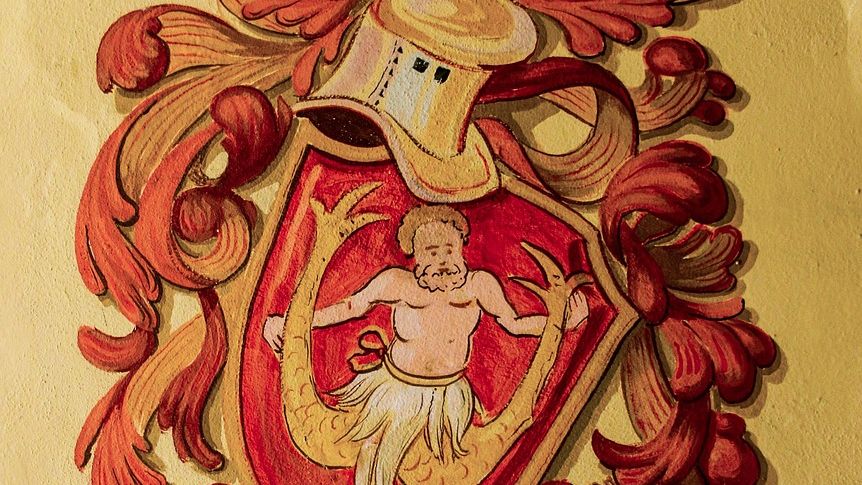1. Historical Context of Varosha
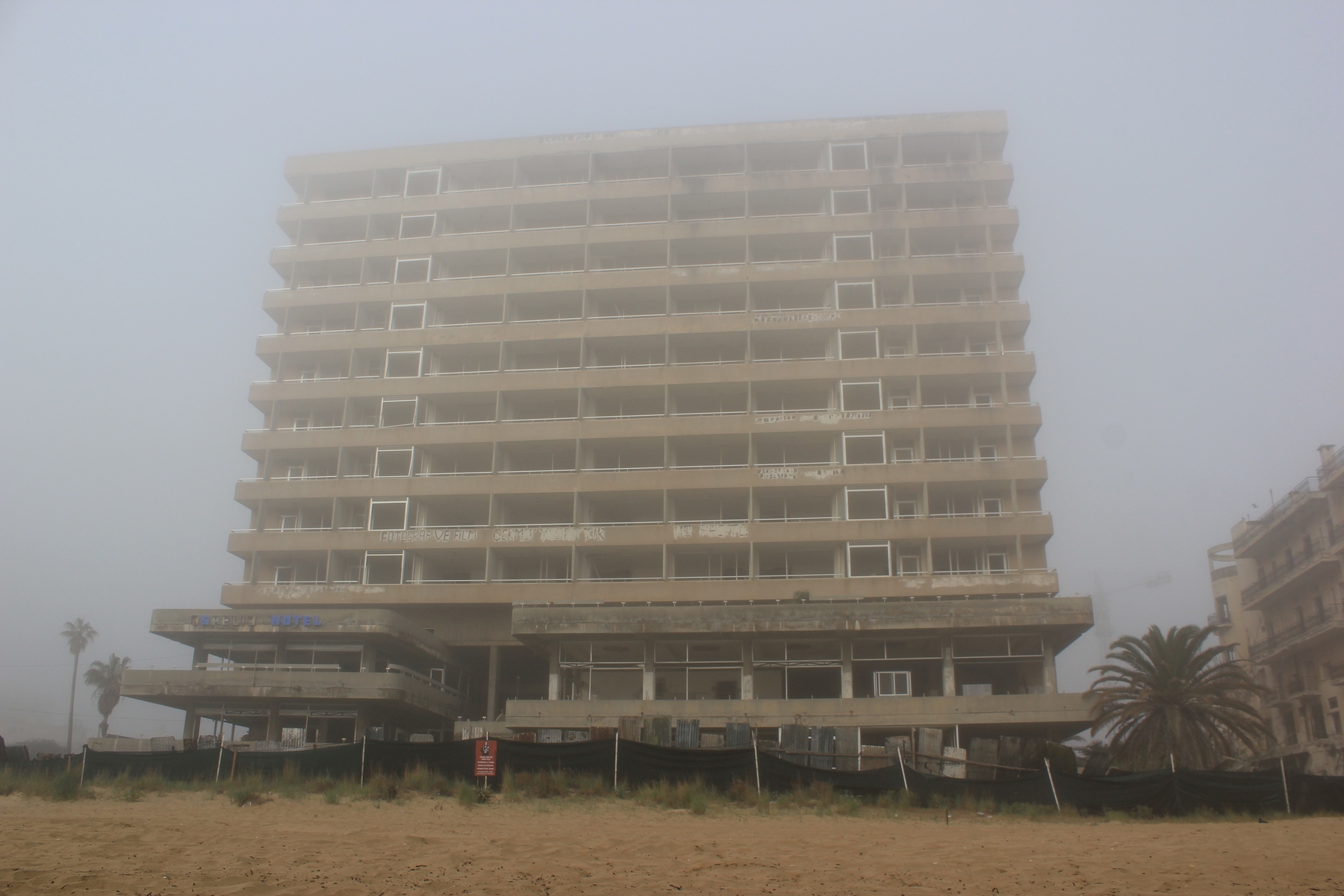
Varosha, nestled on the southeastern coast of Cyprus within Famagusta, was once the Mediterranean’s crown jewel for luxury tourism. In the early 1970s, it boasted more than 40 hotels, countless restaurants, and shops that drew Hollywood celebrities and European elites. The bustling town was home to around 39,000 residents, largely Greek Cypriots, who contributed to its vibrant culture and economy. Everything changed in July and August 1974 after a coup d’état by Greek nationalists triggered a Turkish military intervention. In the face of advancing Turkish forces, Varosha’s entire population evacuated almost overnight, leaving behind homes and businesses as if frozen in time. United Nations reports from 2024 still cite Varosha as a primary symbol of the island’s division, with its fate remaining central to peace talks. The suddenness of the evacuation, combined with the area’s total inaccessibility for decades, has cemented Varosha’s reputation as one of the world’s most unique urban ruins.
2. The Abandonment of Varosha

The abandonment of Varosha in August 1974 remains one of the most dramatic mass evacuations in modern European history. Residents fled with only the belongings they could carry, leaving behind a cityscape littered with personal effects, half-finished meals, and open shop tills. Journalistic investigations and photographs from 2024 show that many of the buildings, such as the Argo Hotel and the King George Hotel, still contain furniture and belongings untouched for over 50 years. Vegetation has burst through concrete, and rusting cars line the deserted streets, contributing to an eerie, post-apocalyptic atmosphere. Recent drone footage from 2024 highlights the extent of decay, with collapsed roofs and sun-bleached facades. Despite sporadic looting in the years after abandonment, most of Varosha remains sealed off by fences and warning signs, guarded by Turkish military patrols. The United Nations Peacekeeping Force in Cyprus (UNFICYP) continues to monitor the buffer zone, underscoring Varosha’s status as a stark reminder of the unresolved Cypriot conflict.
3. Current Status and Accessibility
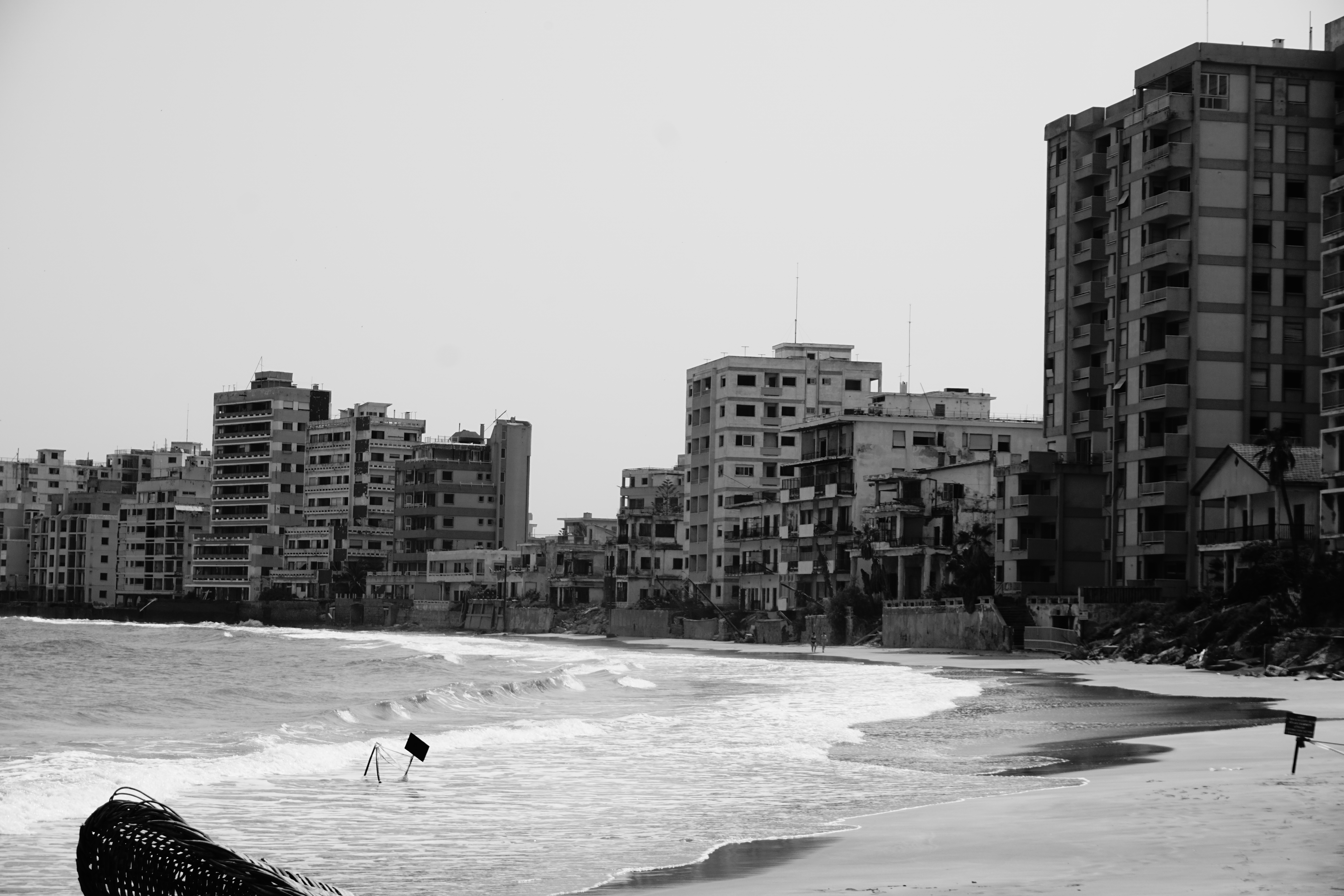
In October 2020, the Turkish Republic of Northern Cyprus (TRNC) partially reopened Varosha’s beachfront and some streets to visitors, ending nearly half a century of complete isolation. By early 2024, access to certain sections, including the main avenue and a handful of crumbling hotels, had been granted—albeit under strict military supervision. Visitor numbers have steadily increased, with the TRNC’s Ministry of Tourism reporting over 200,000 visitors to the site in 2023, a 27% increase from 2022. However, large swaths of Varosha remain off-limits, and security checkpoints are heavily enforced. The United Nations Security Council reiterated in September 2024 that the area should be administered by the UN, and not unilaterally opened, warning that further development could jeopardize peace negotiations. Despite the controversy, guided walking tours have become a regular occurrence, drawing a mix of curious tourists, journalists, and former residents eager to glimpse their lost city.
4. Tourism Impact and Economic Considerations

Since Varosha’s partial reopening, the economic ripple effects have been significant for Northern Cyprus. Hotels in nearby Famagusta reported an occupancy increase of 34% during peak seasons in 2024, attributed directly to “ghost town tourism.” Local cafes and souvenir shops have sprung up near the entry points, hoping to capitalize on the growing influx. According to the Cyprus Turkish Hoteliers Association, direct revenue from Varosha-related tourism exceeded €6 million in 2023, with projections for 2025 aiming even higher. Nevertheless, a 2024 study by the Cyprus Tourism Organization warned that these economic gains are fragile, heavily dependent on both political stability and the novelty of the site. There are concerns that without a broader settlement, investment in infrastructure may remain risky, deterring major international hotel chains from returning. The local government is currently exploring sustainable tourism models to avoid overexploitation and preserve the site’s unique atmosphere.
5. Cultural Significance and Heritage Preservation
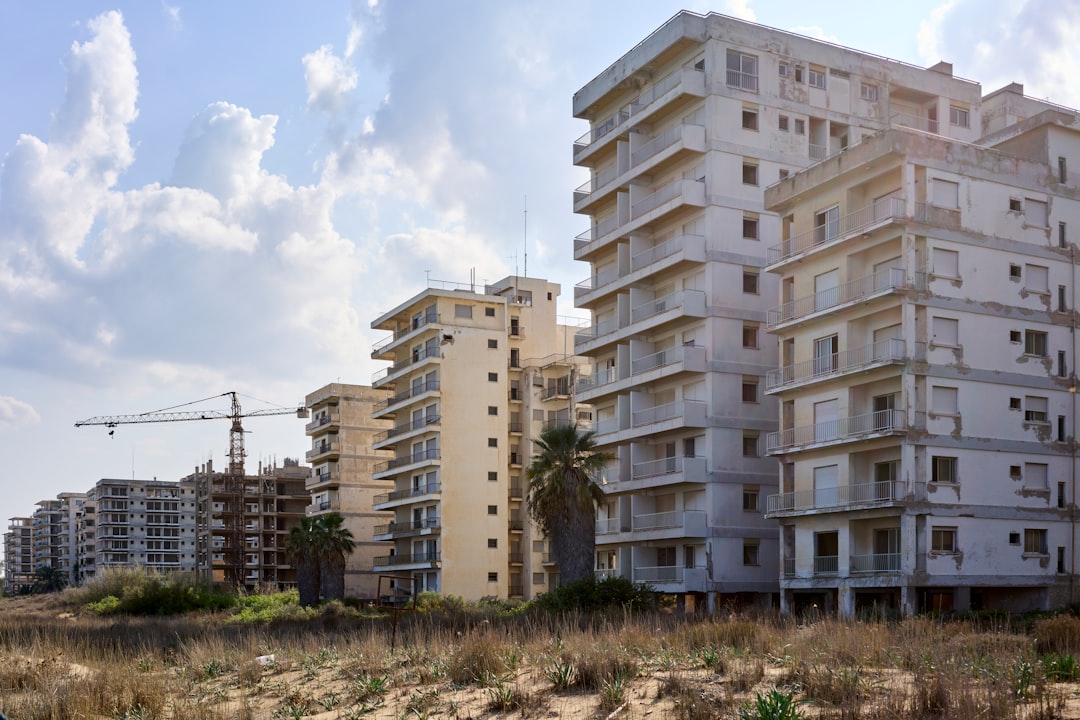
Varosha’s abandoned streets and buildings hold immense cultural and architectural value. Landmarks like the Golden Sands Hotel and the Varosha Cinema are snapshots of 1970s modernism, now weathered but still recognizable. In 2024, the European Union earmarked €4.5 million for preservation projects, focusing on documenting and stabilizing key structures at risk of collapse. Experts from the Cyprus Department of Antiquities began digital mapping and 3D imaging in early 2024, aiming to create a historical archive before further decay sets in. Preservationists argue that if Varosha’s heritage is not protected, Cyprus could lose a tangible link to its multicultural past. Cultural festivals and art installations have been tentatively proposed for 2025, provided political tensions cool. The debate continues between those who advocate for total restoration versus those who wish to leave Varosha as a living museum of conflict.
6. Environmental Concerns

Decades of abandonment have turned Varosha into an accidental urban wilderness. Studies by the Cyprus Institute in 2023 revealed that native flora, including wild fig and olive trees, have reclaimed sidewalks and hotel lobbies. Bird and reptile populations have also flourished in the absence of human activity, turning the area into a de facto wildlife refuge. However, the sudden surge in visitors has placed new strains on these fragile ecosystems. Environmentalists warn that unchecked foot traffic and construction could disrupt habitats that have developed over 50 years. In 2024, the TRNC’s Environmental Protection Department introduced pilot programs for waste management and habitat monitoring, hoping to mitigate the impact of tourism. The challenge remains to find a balance between economic opportunity and ecological preservation, a dilemma echoed in global debates over heritage sites.
7. International Reactions and Political Implications
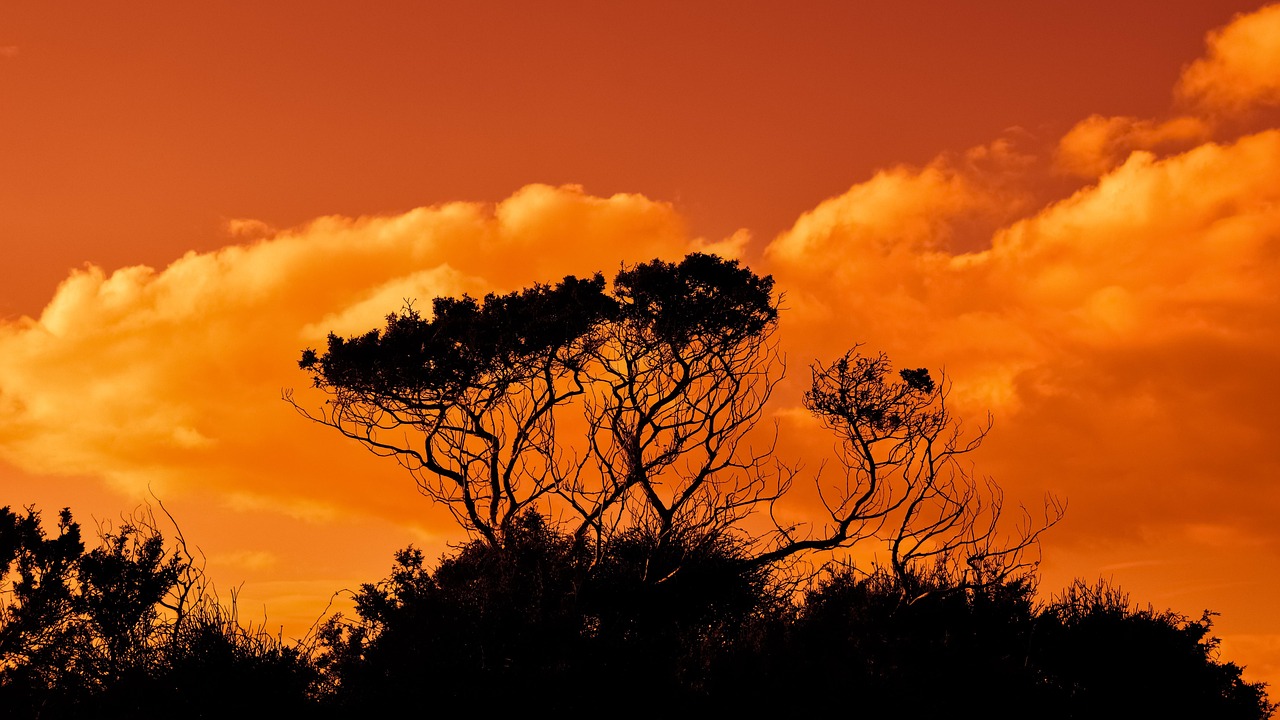
Varosha’s reopening has polarized international opinion and reignited diplomatic tensions. The Republic of Cyprus and the Greek government have condemned the move as a violation of United Nations Security Council Resolutions 550 and 789, which call for Varosha’s administration by the UN pending a comprehensive settlement. The European Union echoed these concerns in a 2024 resolution, threatening sanctions against the TRNC if further unilateral developments proceed. Conversely, Turkish officials maintain that reopening Varosha is an exercise in sovereignty and an attempt to revive a stagnating economy. The United Nations Secretary-General’s 2024 report on Cyprus highlighted Varosha as a key stumbling block in peace negotiations, urging both sides to return to dialogue. The diplomatic deadlock persists, with Varosha’s fate entwined with the broader issue of Cyprus’s reunification.
8. Personal Stories from Former Residents
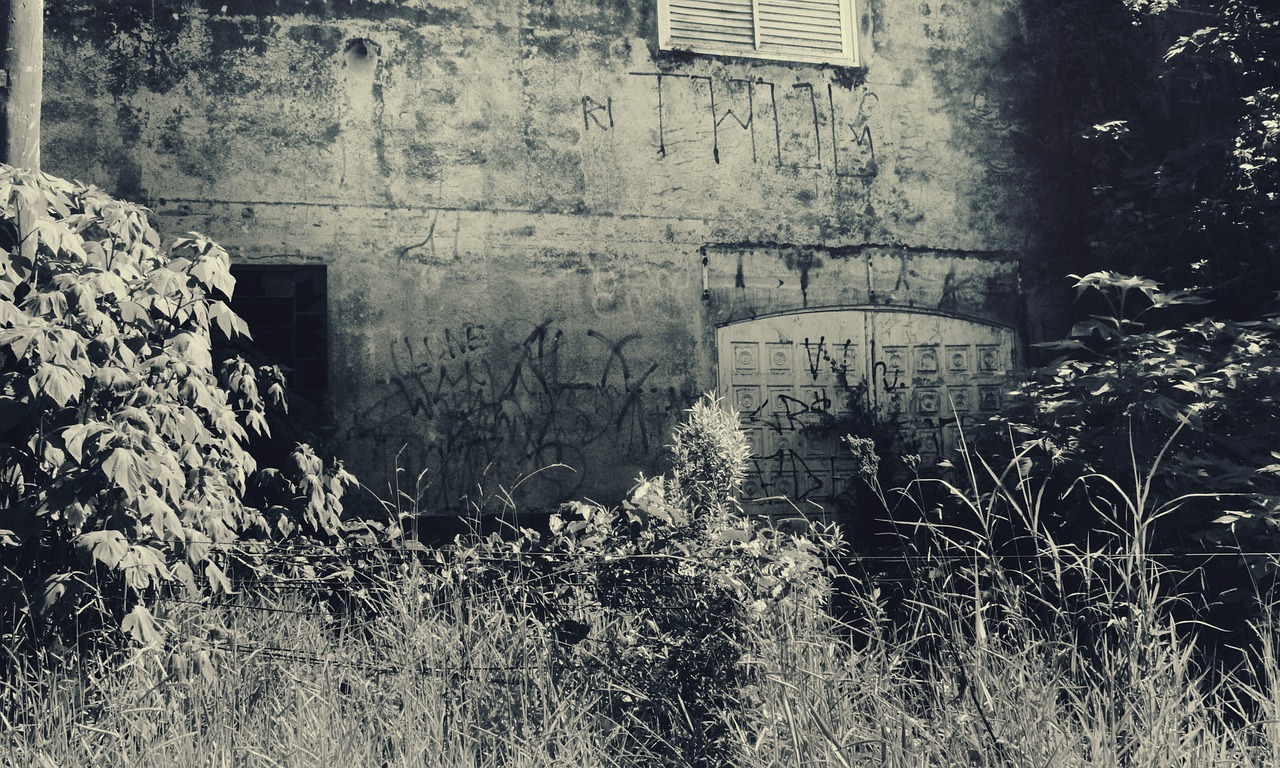
Former residents of Varosha, many now in their seventies or eighties, have shared their stories with journalists and NGOs over the past year. In 2023, the Association of Famagusta Refugees documented testimonies describing the trauma of sudden displacement and the enduring attachment to lost homes. One former resident, Maria Christodoulou, recounted visiting Varosha in 2024 after nearly 50 years: “I recognized the tree outside my old house, but everything else was changed. It was like walking through a memory.” Many refugees express conflicting emotions—hope at seeing their birthplace again, but sorrow at its decay and militarization. Some younger generations have visited for the first time, seeking to connect with a heritage they never experienced firsthand. These personal accounts deepen the public’s understanding of Varosha’s significance beyond the headlines, highlighting the human cost of unresolved conflict.
9. Future Prospects for Varosha

The future of Varosha remains uncertain and closely tied to broader Cypriot peace efforts. In March 2025, the United Nations is scheduled to host new talks in Geneva, with Varosha’s status high on the agenda. The TRNC government has floated proposals for international investment and broader reopening, but these are met with skepticism from both Greek Cypriot officials and international observers. Real estate agencies have reported a spike in speculative interest, though legal experts warn that property disputes could stall redevelopment for years. The Cyprus Research and Policy Institute predicts that, without a comprehensive agreement, Varosha risks becoming a flashpoint for renewed tensions. Some analysts remain cautiously optimistic that shared economic interests—particularly in tourism and preservation—could incentivize cooperation in the coming years.
10. The Legacy of Varosha
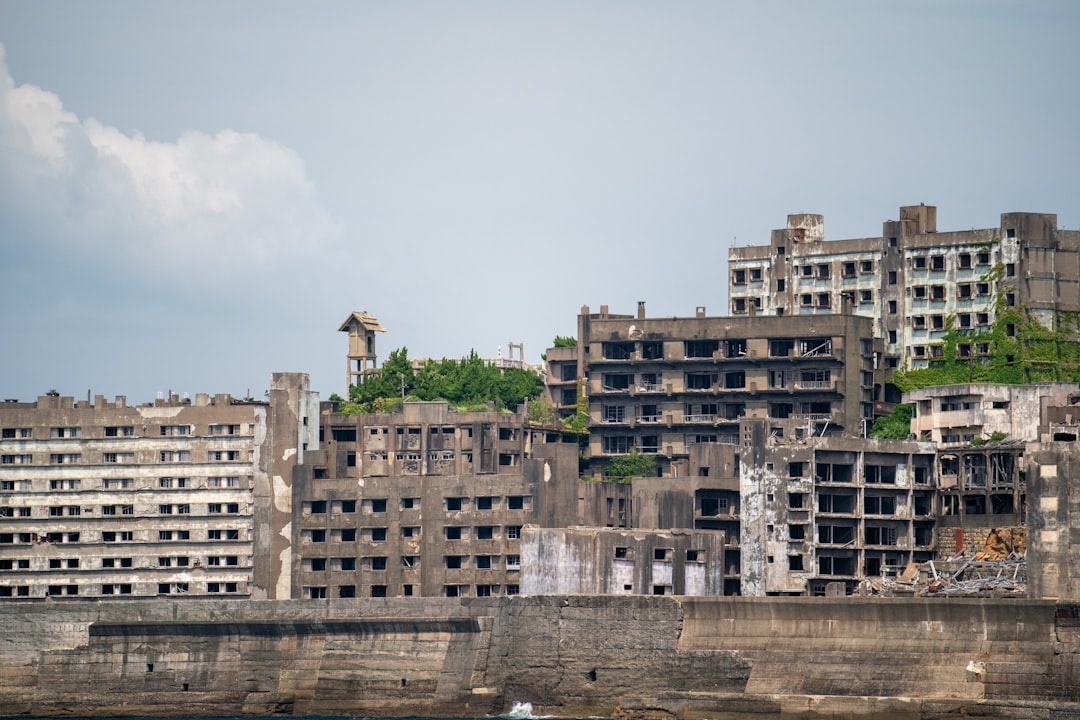
Varosha stands as one of the world’s most haunting reminders of conflict and sudden loss. Its deserted hotels and silent avenues evoke a unique blend of nostalgia, mourning, and curiosity. As of April 2025, the area attracts thousands of visitors annually, each drawn by its strange beauty and unresolved story. Ongoing debates about restoration versus preservation reflect broader questions about how societies remember their past. The experience of Varosha—left behind in a single day but frozen for decades—continues to shape Cyprus’s national identity and the ongoing search for reconciliation. The story of Varosha remains unfinished, its next chapter dependent on choices yet to be made.


